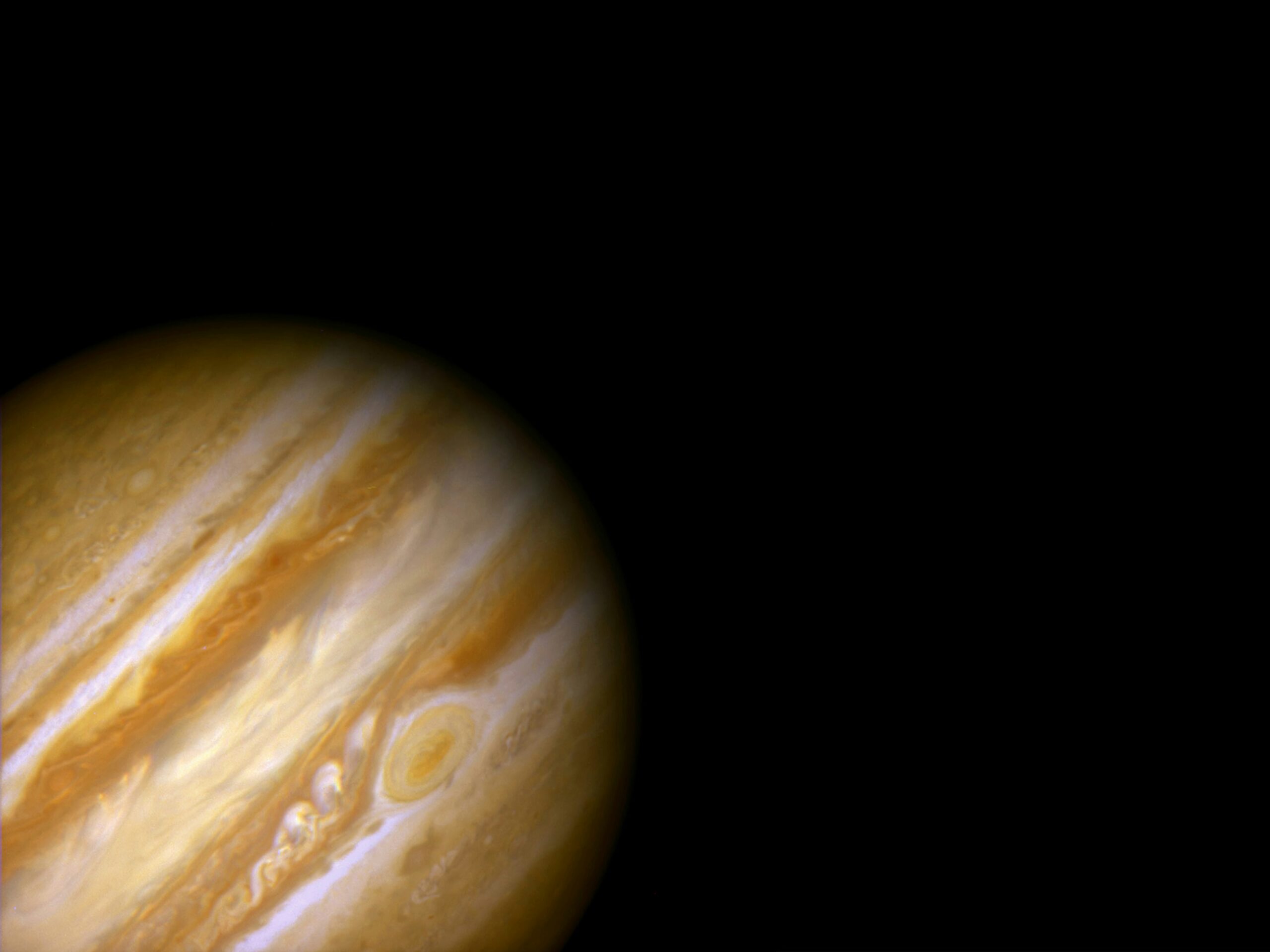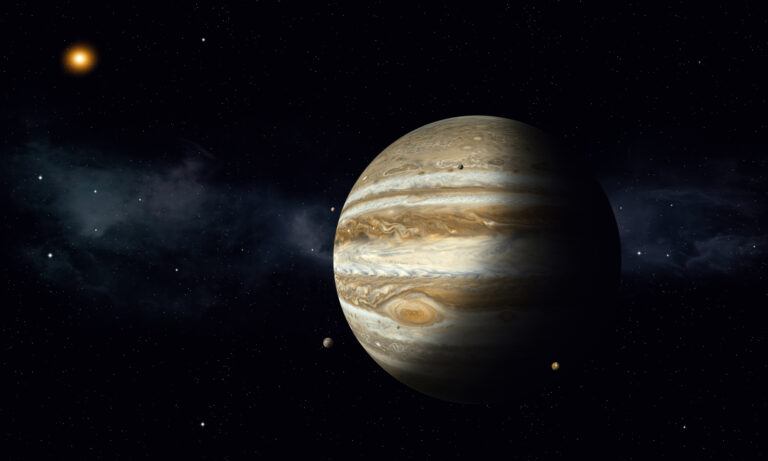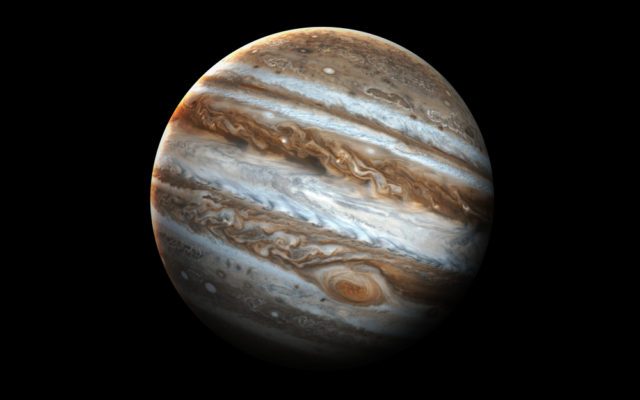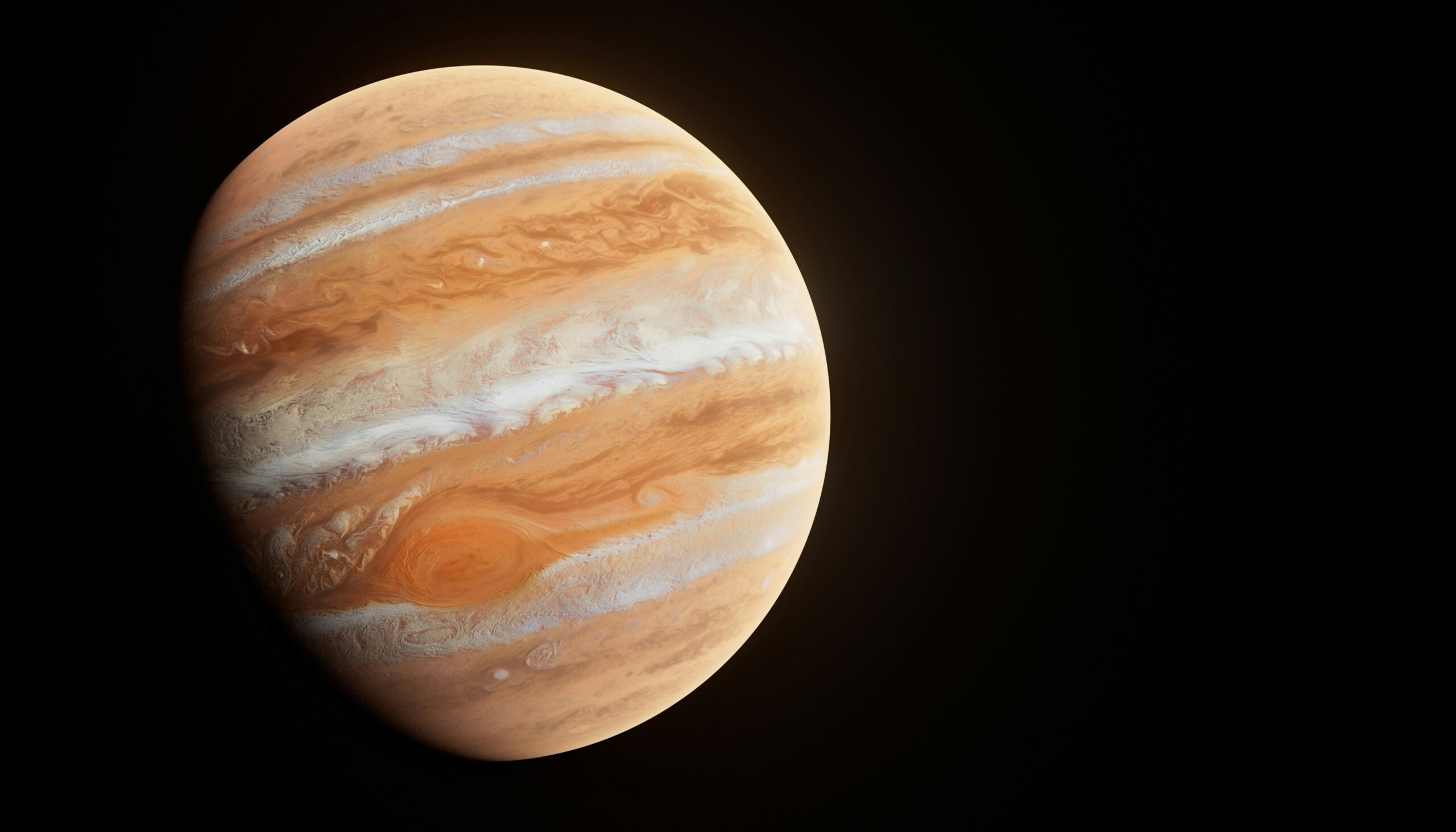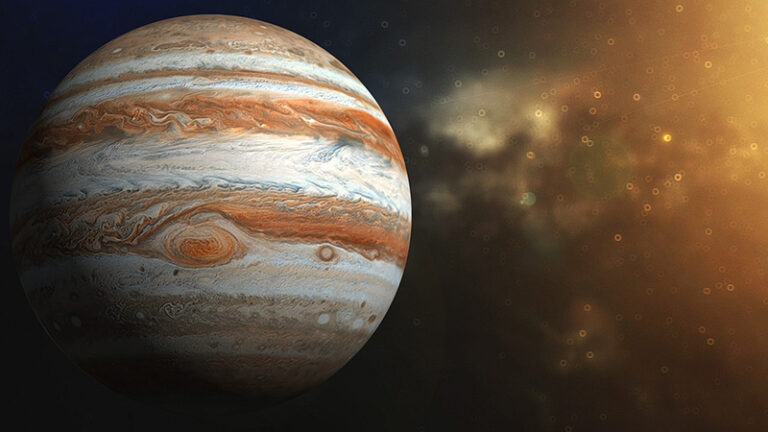When it comes to the moons of our solar system’s largest planet, Jupiter, the Galilean moons steal the show. Discovered by Italian astronomer Galileo Galilei in 1610, these four moons – Io, Europa, Ganymede, and Callisto – have captivated scientists and stargazers alike for centuries.
Io, the closest of the Galilean moons to Jupiter, is known for its volcanic activity. Its surface is dotted with over 400 active volcanoes, making it the most geologically active object in our solar system. The intense gravitational forces from Jupiter and the other moons cause tidal heating, which fuels Io’s volcanic eruptions.
Europa, the second closest moon to Jupiter, has a smooth icy surface that hides a vast ocean beneath. Scientists believe that this subsurface ocean could potentially harbor life, making Europa one of the most intriguing places in our solar system to search for extraterrestrial life.
Ganymede, the largest moon in our solar system, is even bigger than the planet Mercury. It has a complex geological history with evidence of tectonic activity and a subsurface ocean. Ganymede is the only moon known to have its own magnetic field.
Callisto, the outermost of the Galilean moons, is heavily cratered and has a relatively quiet geological history. It is thought to have a subsurface ocean as well, but it remains a mystery whether it could support life.
These four moons provide a fascinating glimpse into the diversity and complexity of our solar system. Studying them not only helps us understand the moons themselves, but also provides insights into the formation and evolution of our entire solar system.


